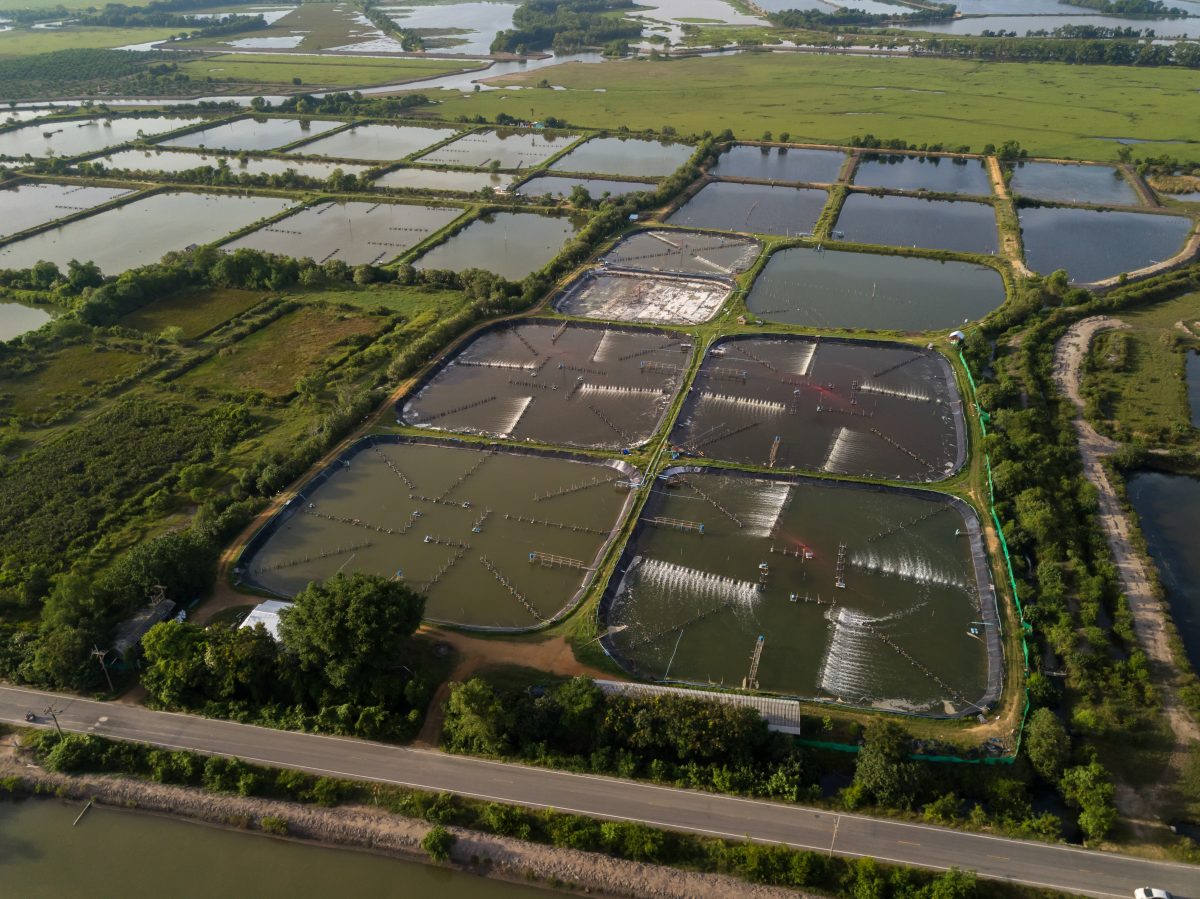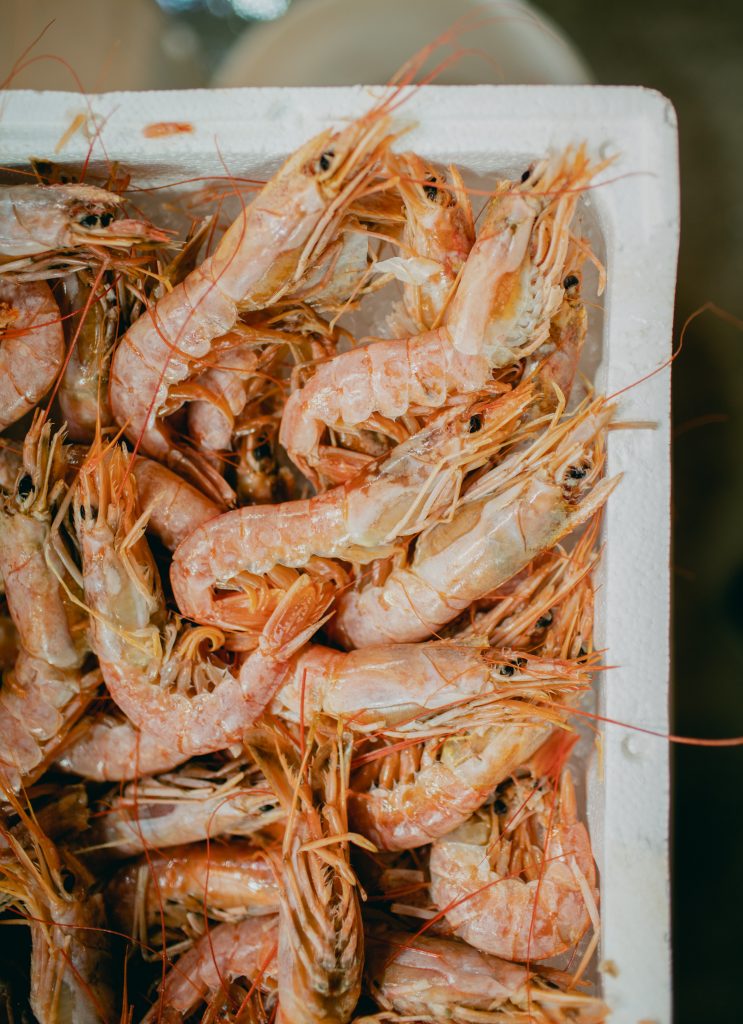The Realities of the Shrimp and Lobster Industry
Just as there are various types of land-based meats with unique carbon footprints, various kinds of seafood also have different levels of carbon emissions. In this article, I will discuss the carbon emissions and environmental impacts from the shrimp and lobster industry, which has carbon emissions levels that can be comparable to emissions from beef and lamb industries.

This History of Crustacean Farming
Shrimp and lobster have been consumed by human beings for centuries, yet over the course of the 20th and now into the 21st century, demand for these species has risen dramatically. While this has had significant benefits for developing nations that produce the crustaceans we crave in the western world, a number of issues have surfaced regarding the viability and sustainability of producing these species at scale. And while certain progress has been made to enforce sustainable production, consumer education remains low.
Shrimp and lobster fisheries are by far the most polluting sector in seafood, averaging a whopping 7.9 kg of CO2 emitted per edible kg of seafood. To put this into perspective, the poultry sector produces an average of 3 kg of CO2 per kg, and the next highest polluting seafood sector, squid and octopus, averages 2.8 kg of CO2 per kg. Certain crustacean fisheries have even higher emissions than the average for beef, such as trawled Norwegian lobster (86 kg CO2 per kg). So, while it is generally better to eat more seafood than land-based meat, it is very important to do your research before making a purchase.
What makes shrimp and lobster fisheries so much more polluting than other fisheries?
Mangrove Deforestation
55% of shrimp is farmed, globally. Although the shrimp farming sector is highly productive, there are significant ecological concerns regarding the intensiveness of aquaculture methods used to farm these species. Shrimp farms are advantageously located close to wetlands and mangrove areas; however, deforestation for farming area has resulted in major losses to these biodiversity hotspots. Furthermore, nutrient buildup and farm pollution from unsustainable practices have further damaged wetland ecosystems.
There are other reasons why this is problematic. Firstly, mangrove and wetland areas act as carbon sinks, sucking CO2 from the atmosphere to maintain natural balance. In fact, certain studies show that mangroves can sequester more carbon pound for pound than the rainforest can. However, once these ecosystems are disrupted, the carbon is released back into the environment, resulting in centuries of carbon release from a deforested area. Furthermore, shrimp farming is such an intensive practice that the farming areas is only viable for a temporary period – sometimes as short as 5 years. The temporary farming area and profits from these farms are not a sustainable tradeoff for the centuries of carbon released back into the air and the loss of valuable biodiversity in wetland ecosystems.
Bycatch and Bottom Trawling
Lobster and shrimp are primarily trawled, a fishing method by which a net is dragged across the ocean floor. A recent study in Nature found that trawling results in carbon emissions larger than the entire aviation industry, as carbon is released into the air for up to 400 years after the initial trawl. Trawling also involves an excessive amount of bycatch, which refers to other marine animals that are caught in the process of fishing for the desired catch. For shrimp, the bycatch is between two and ten times the tonnage of actual shrimp landed. This amount of bycatch can greatly impact ecosystems, displacing species and potentially injuring or killing important or endangered species, preventing their populations from recovering. Bottom trawling also greatly disturbs the ocean floor, ruining natural habitats and disrupting marine ecosystems.
The Growing Demand
As consumers, it is important to understand that misconceptions and a lack of education regarding these industries play a major part in its growing demand. As informed and educated seafood consumers, we have a say in the future of the industry by electing to only source shrimp and lobster from fisheries that have been independently certified as sustainable. Although this may result in eating lobster or shrimp less frequently or paying a bit more to purchase, by doing so we are playing an important role in curbing demand from unsustainable sources.
Join me in my next article where I will discuss how the industry can move towards sustainability and other ways that consumers can make an impact.
